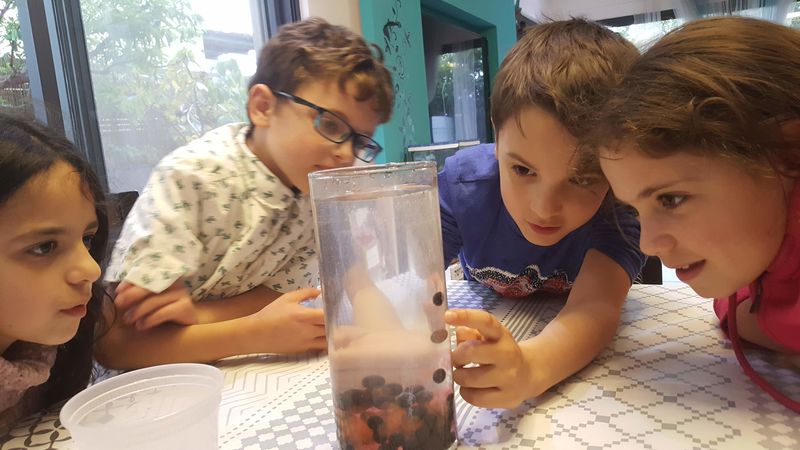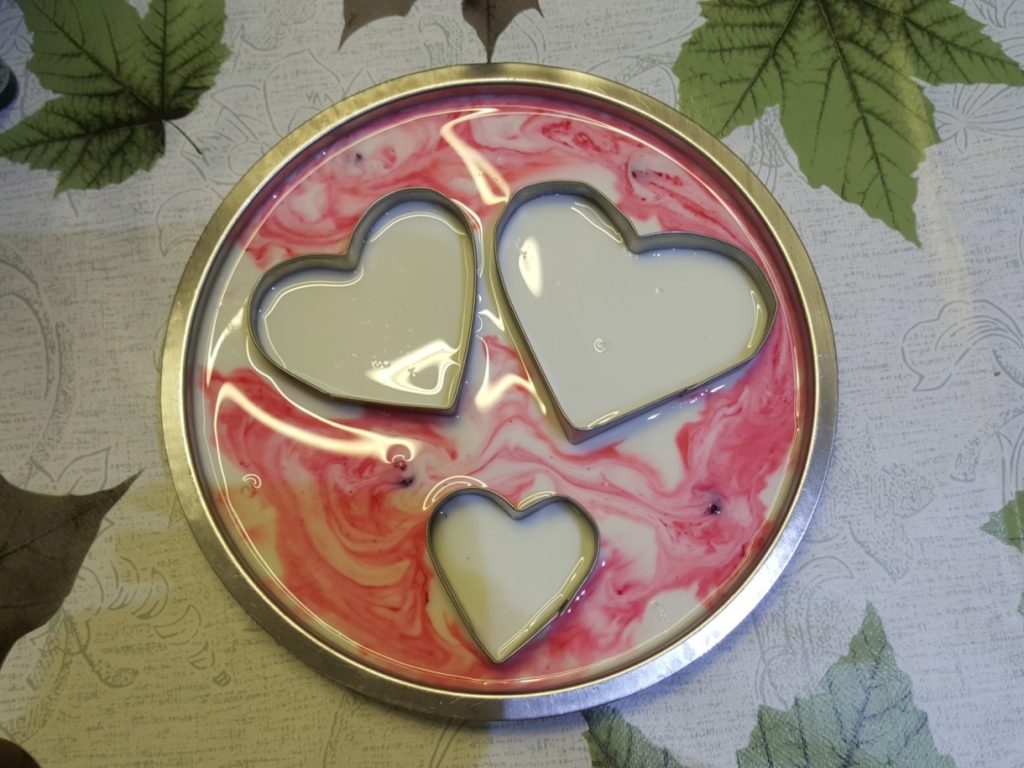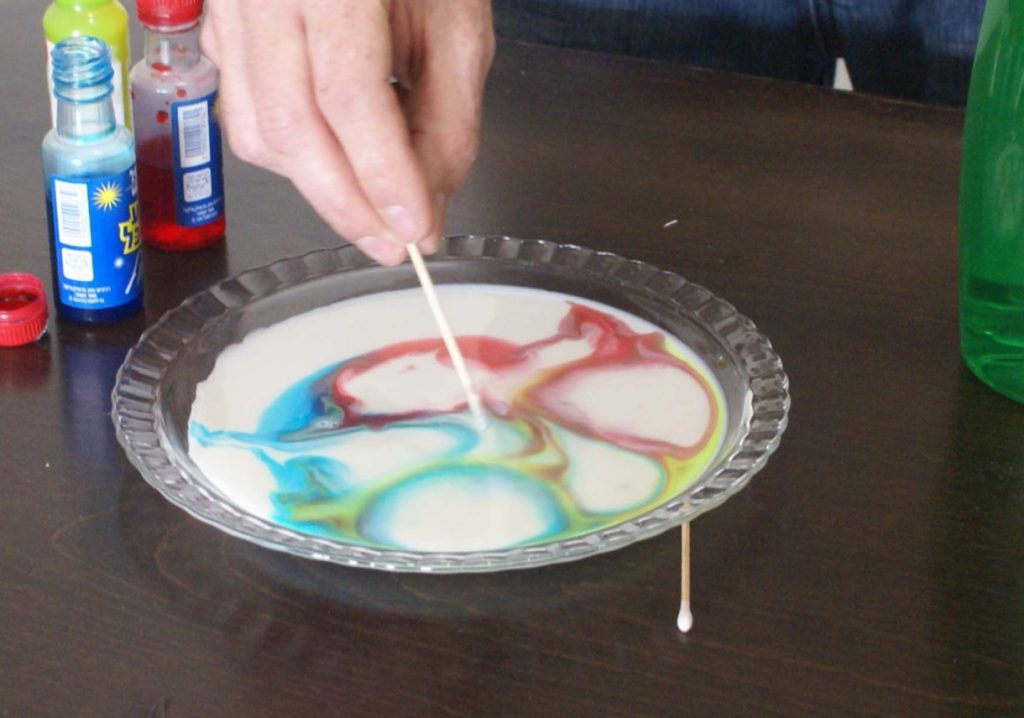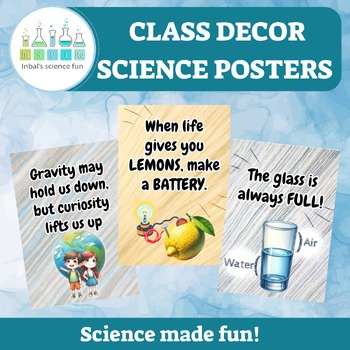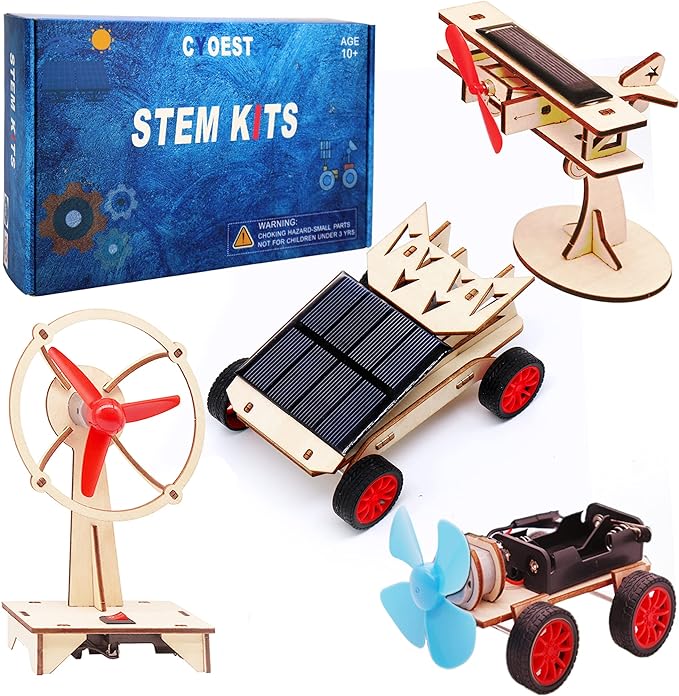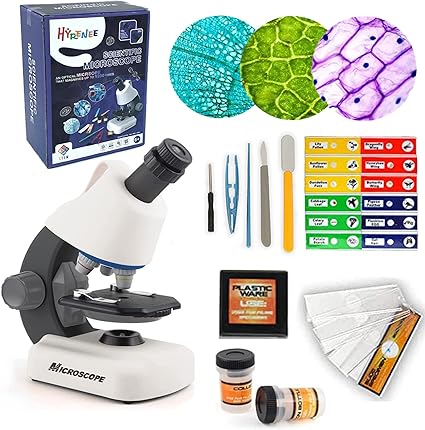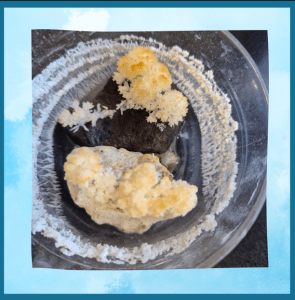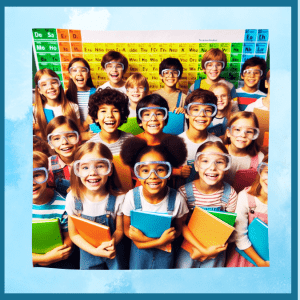Colors in milk
Looking for a colorful science activity that will delight kids of all ages? Try this simple but magical milk experiment that reveals the hidden properties of surface tension in a splash of rainbow swirls.
Using basic household items like milk, food coloring, soap, and a stick, young scientists can explore first-hand how liquids interact while creating a vibrant piece of liquid art that looks complicated but comes together in minutes. The end result is a whimsical collision of science and art.
Materials:
- A plate with milk
- Food coloring (2-4 different colors)
- Liquid soap
- A stick
What to do?
- Drip 3-4 drops of different colored food coloring in the middle of the milk.
- Dip the straw/stick in liquid soap.
- Touch the surface of the milk with the soapy straw/stick in the center.

How does this happen?
There are attractive forces between the water molecules in the milk creating “surface tension” on the liquid’s surface. Surface tension is like an invisible stretchy sheet stretched across the milk, on which the food coloring floats. If we don’t stir the milk after adding the food coloring, the color drops will stay in place.
The soap knows how to weaken the milk’s attractive forces by absorbing fat molecules (that’s why 3% milk works best). It makes kind of “holes” in the stretched sheet on the milk’s surface. The sudden activity in the milk causes movement, and the food coloring that was floating on the milk moves together with the liquid, showing us the holes created, making beautiful colorful patterns in the process.
We’d love to showcase your creativity!
Share pictures of your experiments with us, and together, we can inspire young scientists everywhere!
